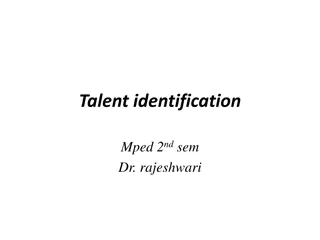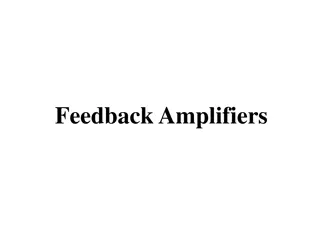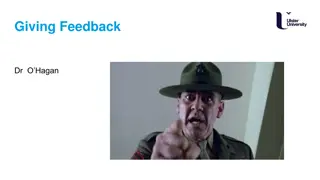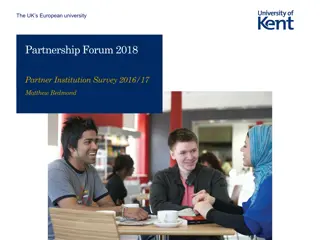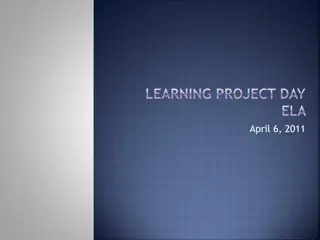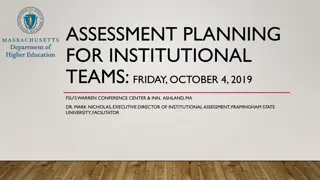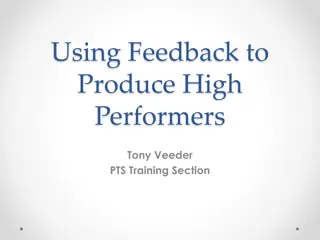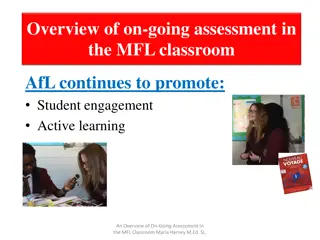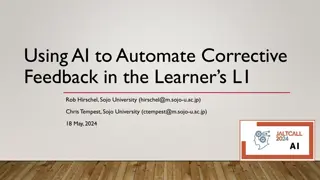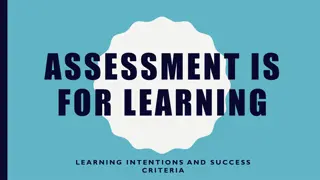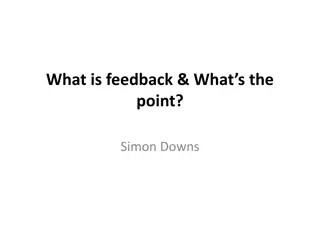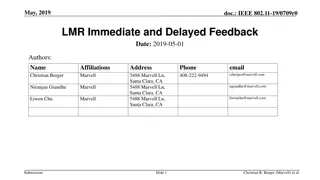Enhancing Strategic Management Through Team-Based Learning and Immediate Feedback Assessment
Explore the impactful strategy of team-based learning and immediate feedback assessment in top management teams as a powerful tool for enhancing strategic management. Dr. Deborah Allcock's insights shed light on the rationale, design, delivery, and benefits of this approach, emphasizing student engagement, accountability, and problem-solving in various teaching contexts.
Download Presentation

Please find below an Image/Link to download the presentation.
The content on the website is provided AS IS for your information and personal use only. It may not be sold, licensed, or shared on other websites without obtaining consent from the author.If you encounter any issues during the download, it is possible that the publisher has removed the file from their server.
You are allowed to download the files provided on this website for personal or commercial use, subject to the condition that they are used lawfully. All files are the property of their respective owners.
The content on the website is provided AS IS for your information and personal use only. It may not be sold, licensed, or shared on other websites without obtaining consent from the author.
E N D
Presentation Transcript
There is power in the top management team: team based learning and immediate feedback assessment in strategic management. Dr Deborah Allcock
Experimental teaching Rationale for choice. Introduction to team based learning. Formation of groups/teams. Immediate feedback requested. The design and delivery. Reflections.
There is power in the top management team: The rationale Teaching strategic management. Module context. Queensgate 380 students standard 24 week delivery. Shanghai 120 students flying faculty (mini block) + local tutors (seminar sessions weekly over 12 weeks). Hong Kong 120 students - flying faculty (block delivery). Feedback timing, validity and supporting feed-forward.
Team based learning Lectures Team based learning Lecturer choses subject material and prepares. Pre-class: student must study concepts (tests). In class: student tested on concepts, joins team to be tested and solve problems, completes tasks. Student accountability: individual marks, team marks, application marks. Lecturer choses subject material and prepares. Pre-class: student might study concepts. In class: student takes notes. Student accountability: mainly to self, seminar/tutorial, assignment and/or final exam.
Typical module planning with TBL (Michaelsen and Sweet, 2008) Typical TBL module division Readiness Assurance 1-1.5 hours Application Activities 2 5 class sessions Readings iRAT 1. Significant problem 2. Same problem 3. Specific choice 4. Simultaneous reporting tRAT Appeals Plenary Mini lecture The focus for the immediate feedback technique
Teams v groups Team Group 2 or more people interacting in a common activity. Individual commitment: longer term as repeated activities. Common purpose, develops high level of trust. 97% of teams will outperform the best member on learning related tasks (Michaelsen et al, 1989). 2 or more people interacting in a common activity. Individual commitment: casual, temporary or permanent.
Formation of teams Properly formed and managed - groups should be formed in a way that avoids establishing groups whose characteristics are likely to interfere with the development of group cohesiveness. Diversity of skills / characteristics. Allocation Random Pick me .
Issues considered Timing and subjects. Test security with so many seminars and 2 week cycle (thank goodness for maths combinations) Students wanting to have second chances we didn t mean to scratch that box!! . Free rider problems of group work.
Items for experimental session 1. 2. 3. Student information sheet. Multiple choice test question papers. Individual answer sheet (and instructions) for the multiple-choice questions. Team instructions, with a reminder of scoring. Team scoring scratch card for immediate feedback assessment. Sheet for collation of marks for top individual and team mark. Academic marking sheet for staff (identical to student individual answer sheet with answer squares blacked out for easy marking by overlay on to students sheet). 4. 5. 6. 7.
Instructions On your own in silence like a test, do your prep and answer the questions. Read the questions on the white paper. Put your individual answers on the marking sheet and annotate the sheet with the questions too.
Partial credit for MCQs MCQ often right or wrong promotes guess against uncertainty. Limited feedback for staff re the guess v true understanding. Question A B C D Individual points gained Team points gained I am absolutely certain C is right 4 1 I think it is A, sure it is A, but it may just be D 2 2 2 I know it is not C or D, but can t decide between A and B 3 1 3 1 1 1 1 4 I really don t have a clue , but at least I will get 1 mark
Discuss your answers as your team Discuss your answers as a team decide on a team answer. Use the scratch card for your team answer. Do not make a mistake, only scratch when you are sure, there are no second chances, scratch incorrectly and you loose the points.
Reflections Immediate feedback was achieved.
Reflections Immediate feedback was achieved. As the partial credit relied on honesty able to review any I m not sure patterns for the theme to enhance understanding, easy to identify in the individual marking. Large student numbers gives flexibility, prep time was more, but marking less. Reliability.
A brief look at results Have 56 teams data (teams usually 5-7). In 5 of the 56, the top individual outperformed the team. The average highest individuals mark 68.2%. The average individual mark 51.2%. The average team mark 77.9% so teams > by 9.7%.





